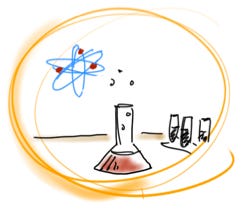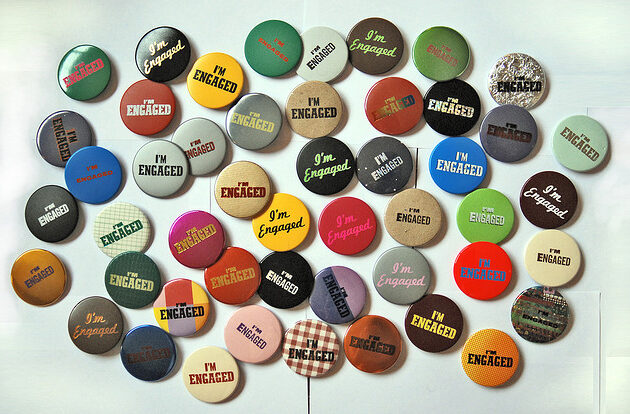Communities and news organizations working together will transform local journalism. Here’s how.
The long-term sustainability of local news depends on deepening journalists’ engagement with communities. Through shifts in technology, economics and newsroom processes, the public has become increasingly central to journalism as creators, consumers and collaborators. Today, news organizations should be vibrant hubs for community information, engagement and debate that people depend on.

As the longstanding advertising model for daily news has transformed, news organizations are exploring alternative revenue streams — from donations and events to services and memberships. Each of these models depends on developing a community of people with deep affinity for the work journalists do. But, engagement is not just about creating more sustainable news organizations, it is also about creating healthier communities.
Building community should be an end in and of itself for journalism, not just a means to its own sustainability.
Our communities need local news, but local news also has to adapt to the needs of communities. The reporting and publishing process has to better incorporate opportunities for listening between communities and journalists. This does not diminish professional journalists’ role or the importance of their craft, it actually enlarges it.
Our Vision for the Engaged Newsroom

At the Geraldine R. Dodge Foundation, we believe that a community-first approach will result in journalism that better reflects the diversity of our communities. An engaged newsroom will better respond to and serve community-identified needs and result in more people participating in the journalism process. Through deep collaboration with community we believe that news, media and digital literacy will increase, and that we’d see a boost in civic participation. Solutions to local problems will more readily emerge through journalism as people ask new kinds questions and put reporting to work in their daily lives. And finally, news organizations will be more financially secure, with diverse revenue streams and a community of supporters. We envision newsrooms and communities invested in each other’s success.
We need to create better roadmaps for communities who want to participate in making media and partnering with newsrooms.
From writing code to crowdsourcing, shooting video to sending tweets, there is growing agreement on the core knowledge and skills needed for today’s digital journalists. However, there is no such agreement in terms of the core competencies for journalists who want to build deep reciprocal relationships with the public and reorient the fundamental processes of journalism around service to communities. Similarly, we need to create better roadmaps for communities who want to participate in making media and partnering with newsrooms.
As part of our journalism sustainability project, with funding from the John S. and James L. Knight Foundation, we are investing in creative journalism experiments at the intersection of community and sustainability. Below, we’ve begun to outline the core knowledge and skills we believe are central to fostering deeper relationships between newsrooms and communities. Our hope is that this document can be a starting place, but that others will build on it and adapt it.





